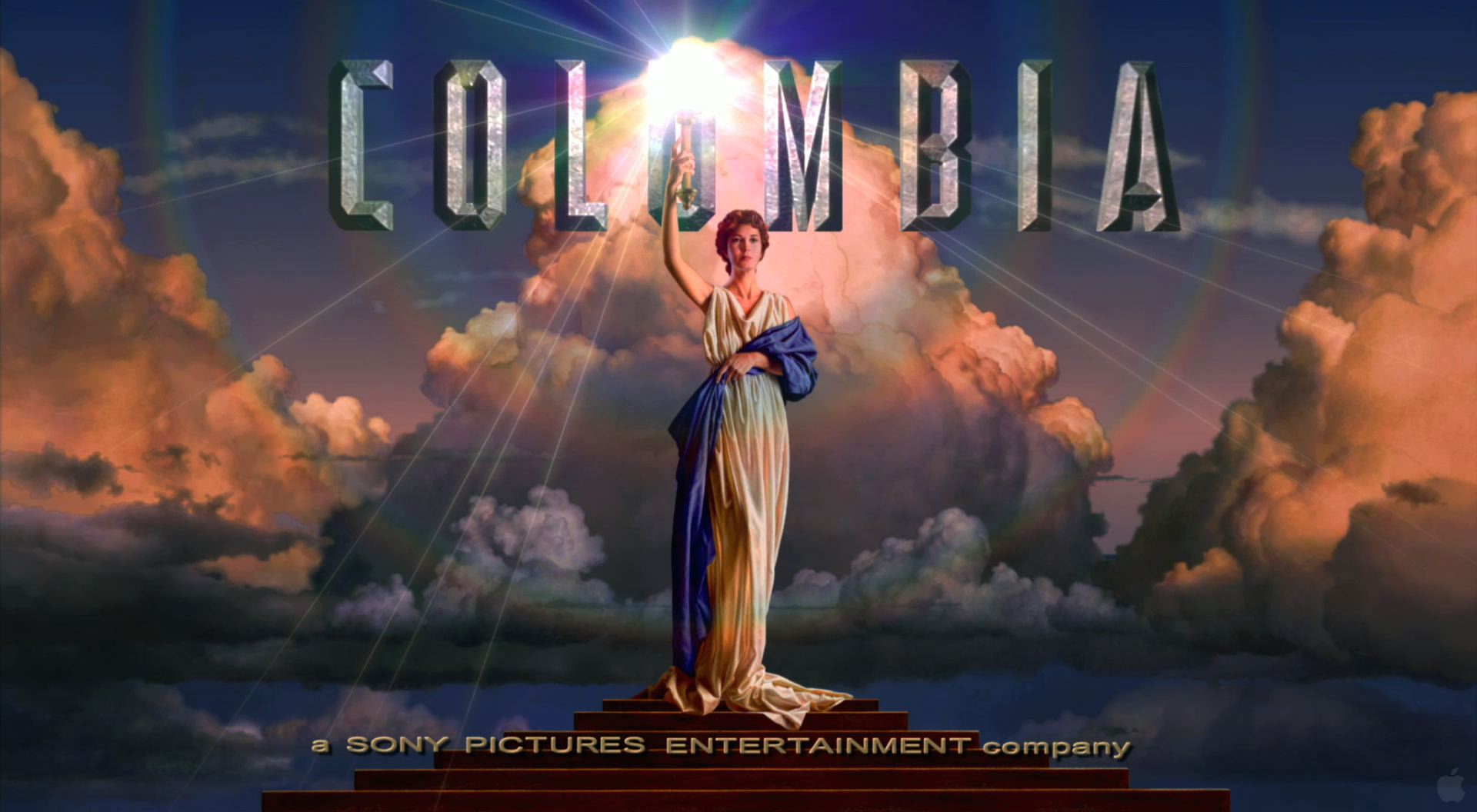
NORMAN ADAMS and THE DREAM TEAM
of the best of the very
best Professional Artists:
ARTISTS ASSOCIATES, 1963-2000
When technology gave civilization its movies it changed everything.
Technology later then came along to give civilization the TV that
changed things radically in every facet of society.
This radical
change really hit society after WWII in the late 1950's into the 60's
with its popular music, art and movies.
These radical changes caused a complete upheaval in the publishing industry by ushering out the “Old” which created a vacuum for a “New” publishing industry to thrive. (Until the arrival of the computer.)
Original Image painted by Artists Associates' Michael J Deas.
Hollywood provides perhaps the best window to these radical changes.
The movies that Hollywood initially used on a large scale to
entertain the public were its “Western” movies, “Cowboys
and Indians movies.”
Hollywood's early western movies were
with singing cowboys like Gene Autry and then Roy Rogers. They were
to Hollywood what the Model-T was to the automotive industry. The
public loved it, Hollywood's singing cowboys.
Hollywood then
improved their Westerns with the likes of Errol Flynn, Randolph
Scott, Jimmy Steward and then John Wayne. And the public loved it
even better.
TV then came along and more or less crippled the
movie industry with shows like Bonanza and Gunsmoke.
This set the
stage for an explosion in cinematography when an Italian
writer/director by the name Sergio
Leone came along. He started to make movies outside of Hollywood
that TV had crippled. Hollywood and the Press reacted quickly with
pejorative labels like “Spaghetti
Western.”
In the early 1960's Sergio Leone took the best
actors he could get from Hollywood and started to make movies that
would radically changed the movie industry. Indeed his movies were so
entertaining that they changed the public's perception of what a
“good-movie” was. The overall result: Sergio Leone's
Clint Eastwood made all of Hollywood's previous cowboy stars,
especially the singing cowboy, like Autry and Rogers, look pale if
not pathetic by comparison.
The exact same radical change happened
in the publishing industry. The patriotism and propaganda of endless
wars had turned the public away from the Old-magazines. And then TV
came along for another blow. The Old-illustrators connected to the
Old-magazines were like the Model-T was to the automotive industry,
what the singing cowboys were to the movie-industry. The
New-illustrators would be like the Ford Mustang, Pontiac GTO and the
Dodge HEMI, and what Clint Eastwood was to the movie-industry.
When
TV's more or less added the final blow to the Old-magazines it left
masses of the Old-illustrators unemployed. (For example, when the
Old-publishing industry was thriving the Charles
E Cooper Studios alone had over 60 Illustrators.)
When even
the best illustrators of the Old-publishing industry were either
gone, dead; or, like Norman Rockwell, more or less “unemployed”;
one of Charles E Coopers Studios employees, Bill Erlacker, did what
Sergio Leone had done.
Erlacker recruited the best of the very
best Professional Artists he could and formed a proverbial “Dream
Team” of commercial artists with his Artists Associates,
1963-2000.
This Dream-Team would not only survive but thrive for
another three decades after the best of the Old-illustrators were all
long gone or dead. Four of Erlacker's Dream-Team are already in The
Society of Illustrators Hall of Fame: Mark English 1983, Robert
Heindel 2011, Fred Otnes 2011, Murray Tinkelman.
One of the
first artists Erlacker recruited in 1963 for his Dream-Team happened
to be also working for the Charles E Cooper Studio at the time,
Norman Adams.
The
New-publishing industry succeeded with the New-magazines because they
returned to entertain the public. These New-magazines were like
Readers Digest, and outdoor magazines like Sports Afield, Field and
Stream, Outdoor Life, that entertained the public mostly with
entertaining stories about ordinary living, often with images from
nature and the sports and hobbies connected with nature.
Norman
Adams' realism in his wildlife paintings was so impressive on the
cover of these magazines that they more or less became the standard
that all other artists had to compete.
Indeed it was the
popularity of these outdoor magazines and their realistic wildlife
images that set the stage for the Wildlife Art movement that followed
in the 1970-80s.
The Artists, like Robert
Batement, Carl
Brenders, John
Seerly-Lester, might have made Wildlife Art popular but it was
not with their original paintings but with their reproduction so
called “Limited Edition Prints” that printing companies,
like Mill Pond Press, made popular. Many of these prints were often
if not routinely photo-edited to look better than their original. And
often these Limited Edition Prints were not very limited because not
infrequently the printers would give unlimited numbers of so called
“Artists Proofs” for the artist to sell as a bonus.
But
when it came to impress the public with original paintings Norman
Adams did what he had been doing all his professional life. Since his
earliest days he instinctively knew that, when it came to painting
and drawing, competition could only motivate him to do better. It was
his relentless drive for perfection that had originally impressed the
professionals of commercial art and the companies that used
commercial art.
This inbuilt drive towards perfection is not
unique in human history. Mozart and Beethoven had it in music,
Michael Jordan and Pelé
had it in sports.
When it came to submitting a painting for an
art show Norman Adams did what he had been doing all his professional
life: he first measured his competition and then he painted a
master-painting that would impress the public like no other.
And
thus it was: Norman Adams' master-paintings at art shows always came
across like a proverbial Ferrari that made all the other original
paintings of the other artists look like Fords, Chevys and Dodges.
© Public
Norman
Adams on... Facebook
… Flickr
and Charles E
Cooper's Babe Ruth Story